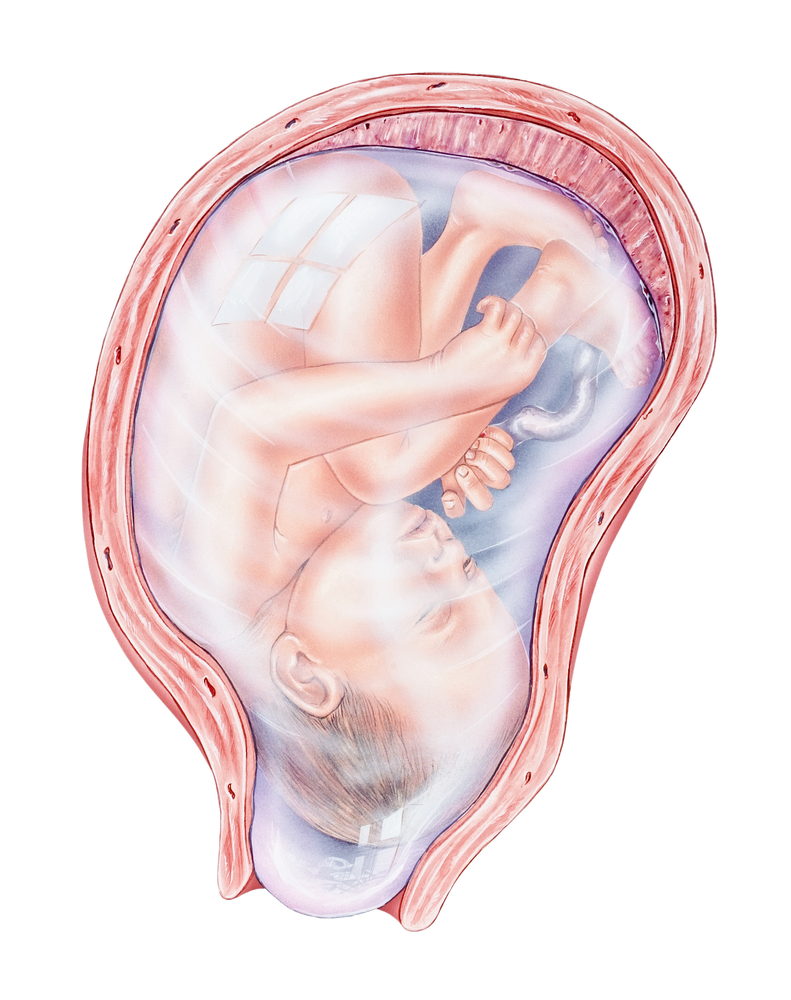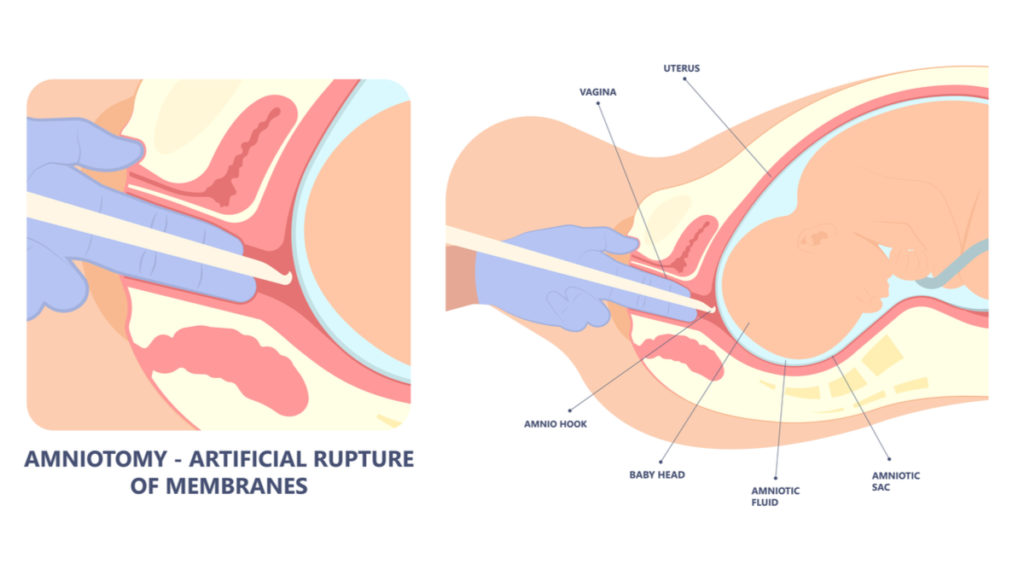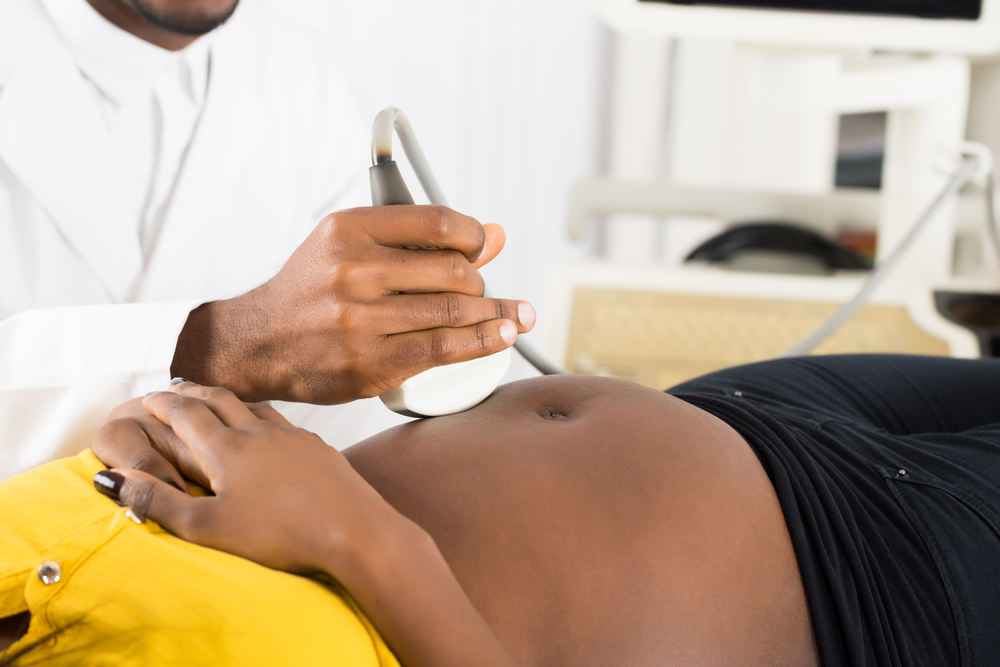If you’re like me, you probably have a proper record of all your special experiences, especially those related to pregnancy. Starting from the first positive pregnancy test, to the first ultrasound scan, and your little one’s first kick. In fact, we’re pretty certain that you’ve got a daily or weekly countdown to the end of your 9 months journey.
One of the signs you’d want to look out for and take note of is water breaking. In plain terms, water breaking is a sign that your baby is ready to be delivered.
In this post, you’d get to know what water breaking is all about; why and when it happens, how to know when your water has broken, and other important things to note in this period.

Table of contents
What is Water Breaking?
Water breaking is the process by which the amniotic sac (the fluid-filled sac that houses and bathes your baby in the womb breaks) and the water therein spills out.
The amniotic sac contains amniotic fluid that surrounds and protects your baby from injury. Asides from this, the amniotic fluid helps to regulate your baby’s temperature, provides room for baby to move freely, and the umbilical cord to float without being pressed.

Why the Water Breaks
Water breaking is a necessary event that must happen so that your baby will be born. If the sac does not break by itself, your doctor or midwife can induce the break artificially.

Although the actual mechanism of water breaking is not fully understood, research shows that it may be due to brain signals from the baby or fetal movement. This happens because your little one changes his/her position just before delivery; directing his/her head towards the birth canal. The pressure placed on the fetal membranes due to this movement can lead to water breaking.
When Does the Water Break?
In normal conditions, the water breaks during labor.
However, this is not always the case. Sometimes, it may break before labor. If this happens and labor does not start soon after, your health care provider may need to induce your labor so that uterine contractions can start. The labor will be induced because of the associated risk of infection for you and your baby.
This condition is known as prelabour rupture of membranes (PROM), and if it occurs before the baby is up to term, preterm prelabour rupture of membranes (PPROM). This can result in some complications which include:
- Infections
- Placenta abruption
- Detached placenta
- Premature delivery
How to Know When Your Water Has Broken
Knowing when the water has broken may not be so easy.
This is because it looks a lot like urine. It may also be that you’d only experience a feeling of wetness or trickle of fluid and not the gushing flood that some other women do. However, slight differences still exist between urine and amniotic fluid.
Firstly, you should watch out for the color and smell of the fluid. Amniotic fluid does not smell like urine. It can either be odorless or slightly sweet-smelling. The amniotic fluid can either be pale or straw-colored as opposed to urine that has a typical amber yellow color. You should also not confuse the amniotic fluid with a vaginal discharge which is usually thin and white.

Secondly, amniotic fluid tends to leak more when you’re standing than when you’re sitting. It may also leak slowly over time. You should be aware that you will not feel any pain when your water breaks because the amniotic sac is not associated with any pain receptors.
If you are unsure whether what you felt or saw is the amniotic fluid, you should reach your health care providers or go to the hospital.
When Will Labor Start?
If your labor has not started before your water breaks, it will start soon after.
However, as we mentioned earlier, this may not always be the case. If your labor doesn’t start soon after your water breaks, your doctor may need to induce it.
What if the Water Breaks too Early?
Water breaking before the 37th week of pregnancy is known as the preterm prelabour rupture of membranes (PPROM). The following factors put you at risk for PPROM:
- History of PPROM in previous pregnancies
- Infection of the amniotic sac
- Vaginal bleeding in the second and/or third trimesters
- Underweight with poor nutrition
- Short cervical length
- Smoking during pregnancy
If you have a PPROM and you’re 34-37 weeks pregnant, delivery will be recommended to you to avoid infection. For pregnancies between 24-34 weeks old, doctors may attempt to delay delivery until the baby is more developed. This will also prevent the baby from developing further complications due to premature delivery.

What To Do Next
It is expected that labor will start soon after the water breaks. However, if your labor does not start within 24 hours after your water breaks, you should see a doctor immediately.
This is to prevent and reduce the risk of infection.
Once your water breaks, you are ready to deliver. Therefore, you need to follow your midwife’s instructions at this stage.
You should go to the hospital immediately or call your doctor if you notice any of the following accompanying the water breaking:
- Foul smell
- Green or brown colored amniotic fluid: This can be an indication that your baby has had a bowel movement in the uterus.
- If you are not at full term
Conclusion
Finally, it is important to remember that water breaking is a normal and painless event that helps you to know that your delivery time is very close. If your labor has started and your water has not broken, your doctor may need to break the sac artificially. This, also, is painless and does no harm to you or your baby.
If you are uncertain about other symptoms accompanying your water breaking, you should see your doctor immediately.
We’re always here to answer your questions.
References
Ruptured Membranes: When the Bag of Water Breaks. Volume 61, Issue 4, Journal of Midwifery & Women’s Health. Pages 545-546. July/August, 2016. Accessed on 20th January, 2022 from https://doi.org/10.1111/jmwh.12509

